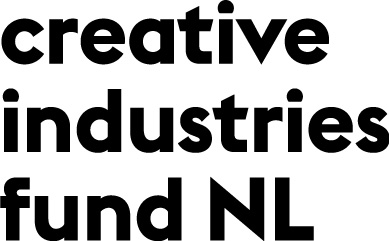Hosted by The Grey Space together with Fotomuseum, for HOOGTIJ#80
For this edition of Hoogtij, The Grey Space and Fotomuseum have joined forces. We will have a conversation with the Hague-based artist Marleen Sleeuwits, whose site-specific installations Enter the Cube is currently on display at Fotomuseum Den Haag.
Marleen Sleeuwits (NL, 1980) is a multidisciplinary artist. She studied at the Royal Academy of Art in The Hague and AKV St. Joost in Breda. Her work, which encompasses photography, objects, and installations, has been exhibited internationally at institutions such as the Nederlands Fotomuseum, Centre Photographique Rouen (FR), Museum für Konkrete Kunst (DE), Jeonju Photo Festival (South Korea), and Foto Levallois (Paris).
Sleeuwits has received several awards and nominations, including the Meijburg Art Commission and a Prix de Rome nomination. Her work is part of collections such as Museum Boijmans Van Beuningen and AkzoNobel. She is represented by Gallery Bart (Amsterdam) and Sous les Étoiles Gallery (New York
Entry is free of charge.
The Artist Talk will take place at The Grey Space and will start at 8.30 PM and 10.00 PM. The talk will be moderated by curator Sanneke Huisman.
During HOOGTIJ, approximately 25 art locations in the city center of The Hague are open from white cube to underground, from established art in the galleries and institutions to experimental art, installations and performances at the artist initiatives.

